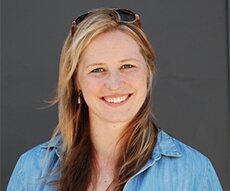 (Articles similar to the one below can be found at https://dissertationmasters.com/. If you need a guide for phd dissertation, you're also welcome at the site.)
(Articles similar to the one below can be found at https://dissertationmasters.com/. If you need a guide for phd dissertation, you're also welcome at the site.)Yosemite National Park officials were reportedly elated when two African American tour groups visited on one day in 2011, spotlighting the fact that only 1 percent of its visitors are black. Mapp wants to close that racial divide. As a child, she farmed and hunted on her family’s ranch, then later joined Girl Scouts and Outward Bound. While studying art history at Berkeley, she was inspired by artistic representations of forests and the power of images to tell stories. These passions came together when she founded Outdoor Afro, which uses social media to connect African Americans to nature and shift perceptions about who can enjoy the great outdoors. Beyond offering recreational activities, Outdoor Afro is reminding black people of their historical connection to the land and engaging them in protecting the wilderness. “Minorities need to see that these places belong to us, too,” she told Backpacker Magazine. Mapp won a 2014 National Wildlife Federation conservation achievement award, among numerous recognitions, and has worked on environmental and children’s health initiatives at the White House. She envisions the day “when I’m on a backcountry trail and I see another African American and it’s no big deal,” she said. Find Outdoor Afro on Facebook and Twitter @outdoorafro.









